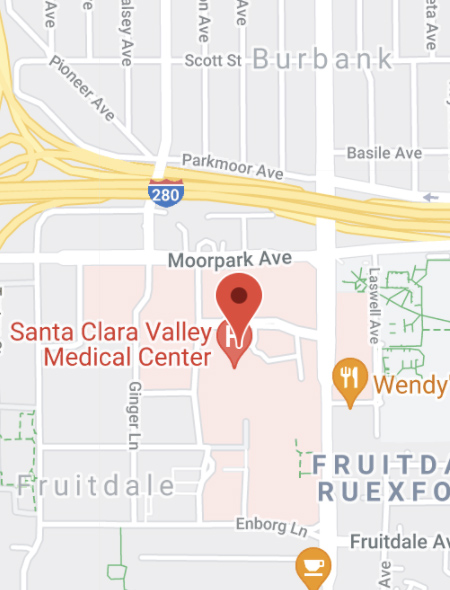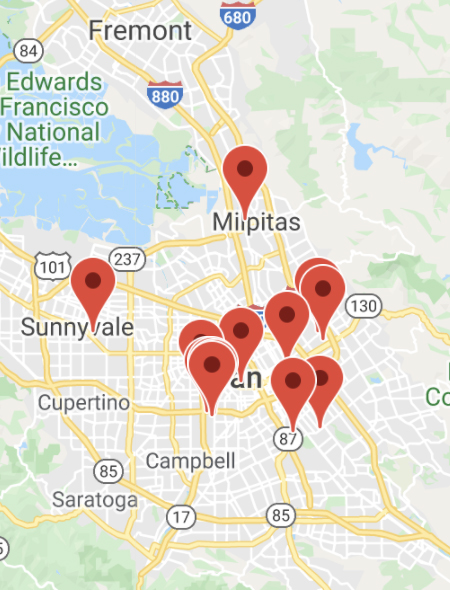Whole Person Care at Santa Clara Valley Medical Center: A model for community wellness

By Cameron Sullivan
CORRESPONDENT
Genuinely improved health and wellness require looking beyond the obvious. Likewise, advancement of community health and wellness requires considering every factor that can improve the lives of people with multiple needs. Both demand a people-first approach that transcends acute care, medical diagnoses or treatments. At the junction of medical science and social science, the Whole Person Care model at Santa Clara Valley Health & Hospitals System coordinates medical, behavioral and social services – particularly for people with complex needs – and demonstrates how more efficient and effective uses of resources improve people’s wellbeing. As one of 25 organizations accepted to pilot the State of California’s Whole Person Care pilot program during 2017 through California’s Section 1115 Medicaid waiver (Medi-Cal 2020), Santa Clara Valley Medical Center (SCVMC) and its Ambulatory Care services are already seeing positive outcomes.
Among the goals of the WPC pilot is to decrease Emergency Department while decreasing and shortening hospital stays. For SCVMC, this goal led to implementing specific steps towards consolidated, whole- person and preventative care across service areas and clinics. “Every part of the program is aimed at improving patient access to primary care, which decreases ED and in-person visits for preventable conditions,” said Alice Naqvi-Mugler, RN, Interim Director of SCVMC’s Office of System Integration and Transformation. In 2018, the first full year of the pilot, they already saw a decrease in the number of emergency room visits for people enrolled in the WPC program. The next goal, she added, is to enroll more patients.
Identifying candidates for whole-person care
Recalling a patient he met in early 2019, Dr. Kenneth Soda, MD, Associate Medical Director for Whole Person Care, explained how SCVMC actively seeks patients who quality for the WPC program. “A patient I saw in the pain management clinic had moved here from out-of-state and, in addition to some other factors that were obvious, we learned that the patient was living with relatives and hadn’t started working since moving here,” he explained. “In other words, the patient was dealing with unemployment, housing insecurity and food insecurity along with a variety of medical needs.” Realizing the complexity of the patient’s situation, Dr. Soda immediately looked into the patient’s eligibility for the Whole Person Care program with SCVMC.
After qualifying a patient by using a scoring system that factors in medical and social determinants, medial staff and care coordinators explain the benefits to patients. “We tell them that, ‘This is at no cost to you; we’re going to coordinate your care to all address your needs throughout our system,’” said Dr. Soda. “We then keep in touch with them regularly to monitor their visits and progress.” Dr. Soda and other SCVMC staff visit the local community health center to consult with and encourage people to stay engaged in their personal health and wellness.
The “No Wrong Door” Approach
“When you’re working with high-needs populations, it’s all about establishing trust,” explains Dr. Soda. SCVMC builds trust within patient-centered medical homes. “By establishing co-location of various medical services, patients have fewer places to go to receive all of the care that they need,” said Naqvi- Mugler. “We continue to work on our interventions across behavioral health, medical-surgical and the primary care settings.”
In partnership with 17 supporting organization and 16 official partners, SCVMC’s Ambulatory Care tailors overall services to meet individual, patient- centric needs, thereby creating a welcoming environment across the system’s outpatient clinics. “It’s about making each visit helpful and reinforcing a patient’s ability to receive the right care in the rights setting.”
Doing so involves infrastructure changes and internal staff training for the best-case scenario, which Naqvi-Mugler refers to as the “No Wrong Door” approach. In one example of this approach, SCMVC is in the early stages of incorporating behavioral health into its primary- care settings. “Patients who feel more comfortable are more likely to return for follow-up visits,” she added. When fully rolled out, the program will ensure that any patient who comes to a SCVMC clinic will get care that they need or be given a seamless transition to the center that is most appropriate for them.
By looking for real solutions to root causes; innovating; and remaining adaptable with a flexible model, SCVMC is improving total care and serving populations who previously might have fallen through the cracks. They’re already receiving recognition for doing so. In February 2019, for instance, SCVMC was invited to present its findings in Orlando, Florida, at annual global conference and exhibition of the Healthcare Information and Management Systems Society.
Fittingly, the residual effects of the WPC pilot are already impacting other areas of care. In particular. “I’ve noticed how the whole-person care model for higher- needs patient groups ends up benefiting mild-to- moderate-risk patients as well,” said Dr. Soda. “We’re a learning institution. We think of this as overall healthcare improvement.”



